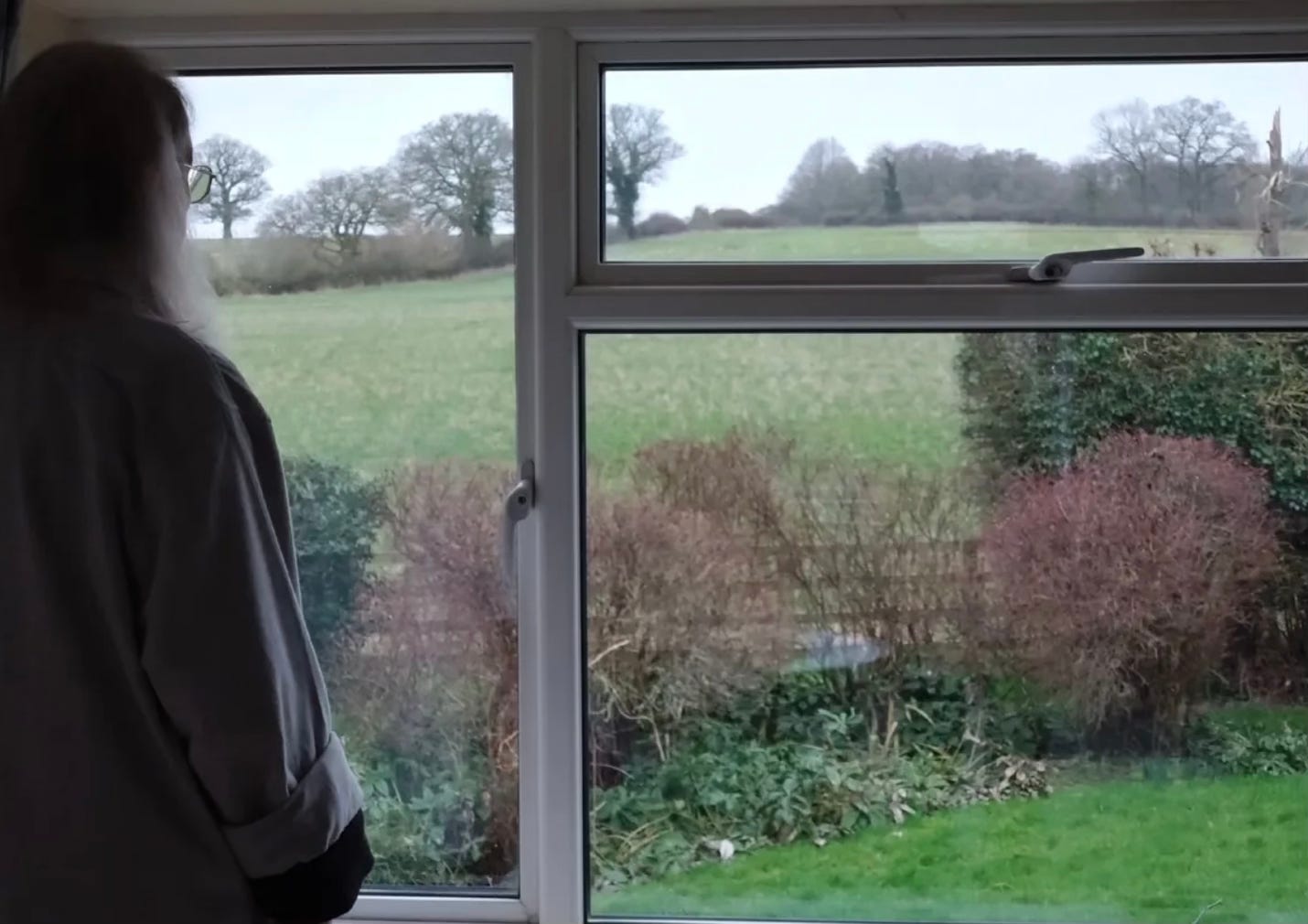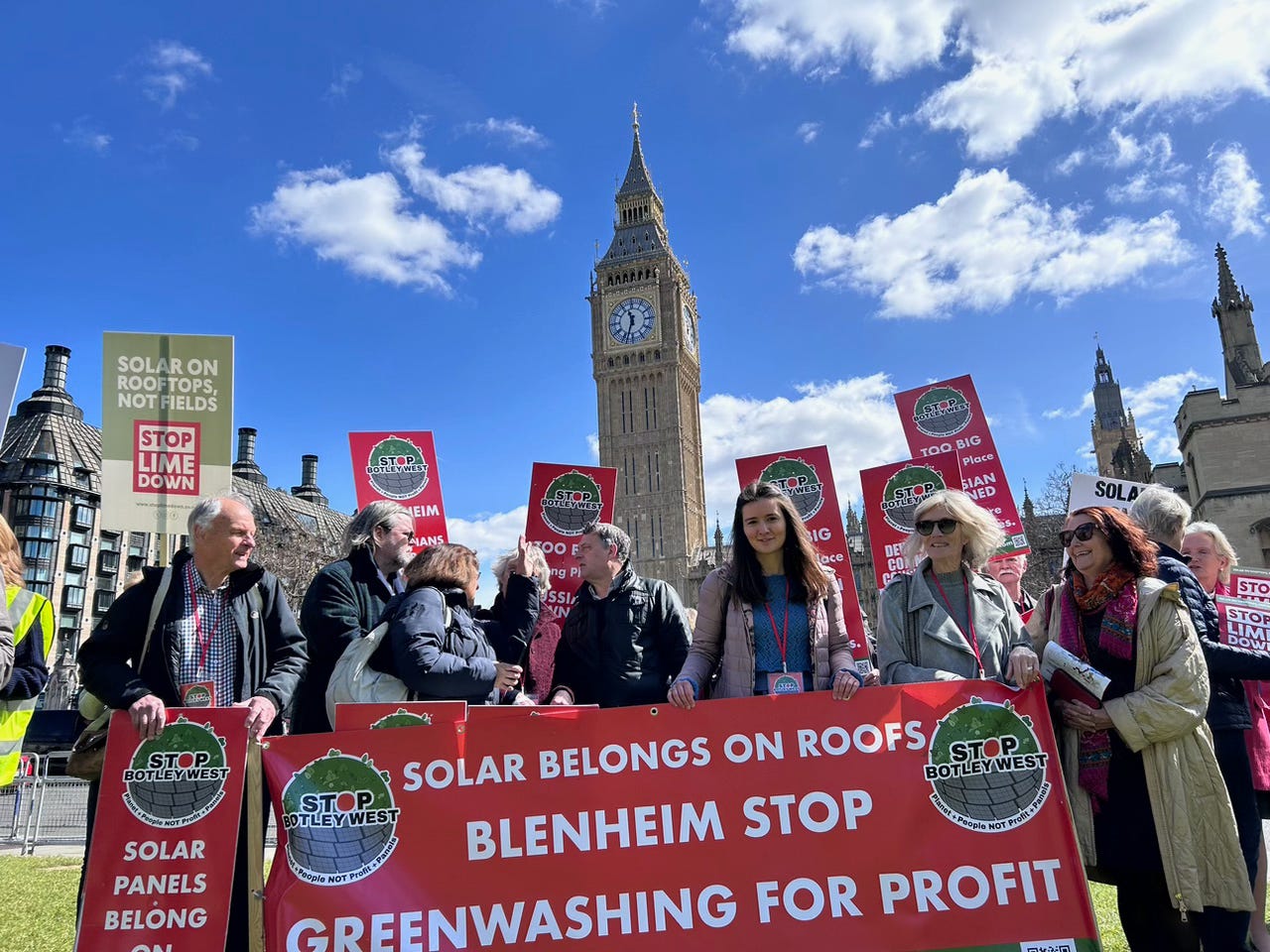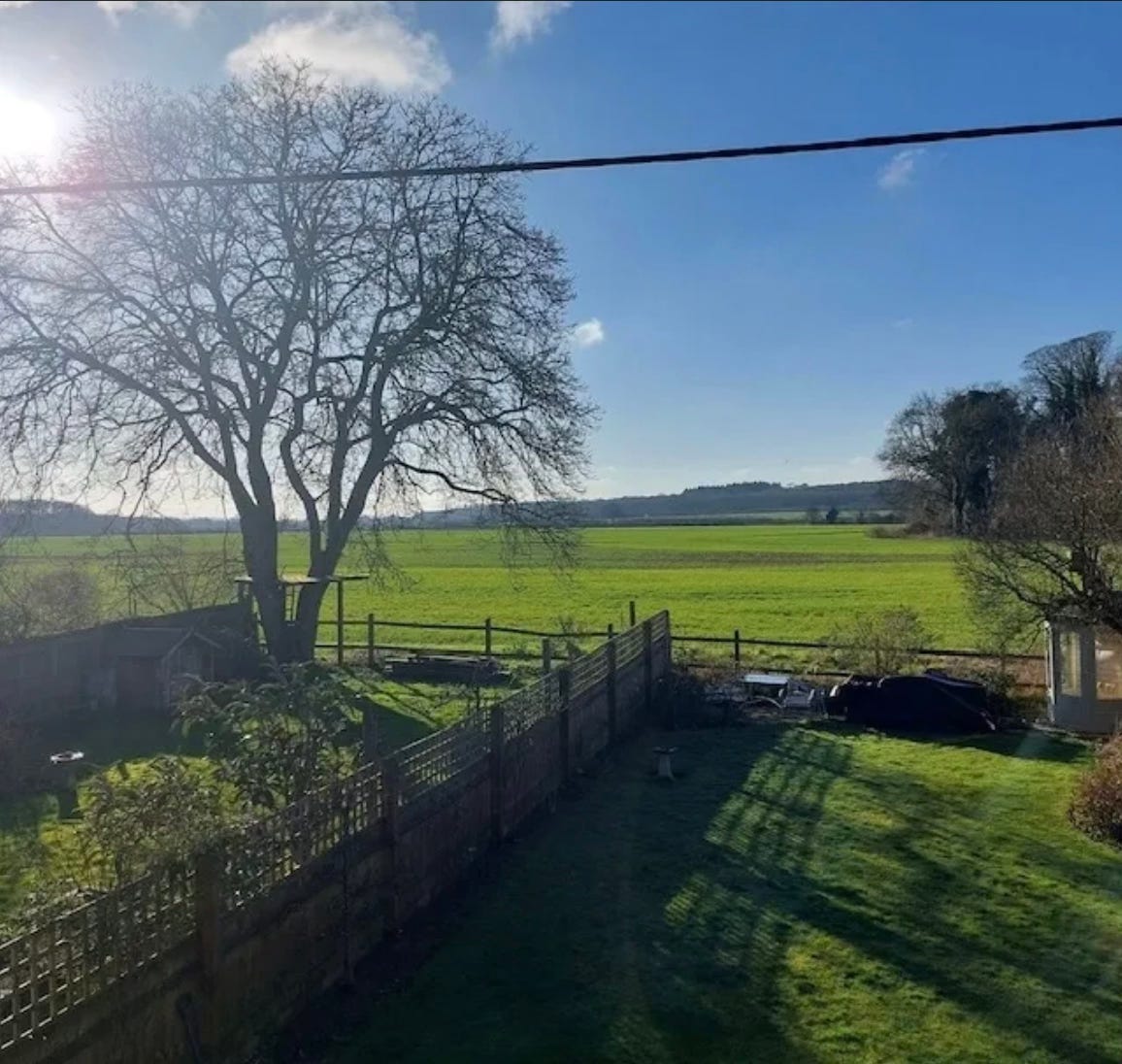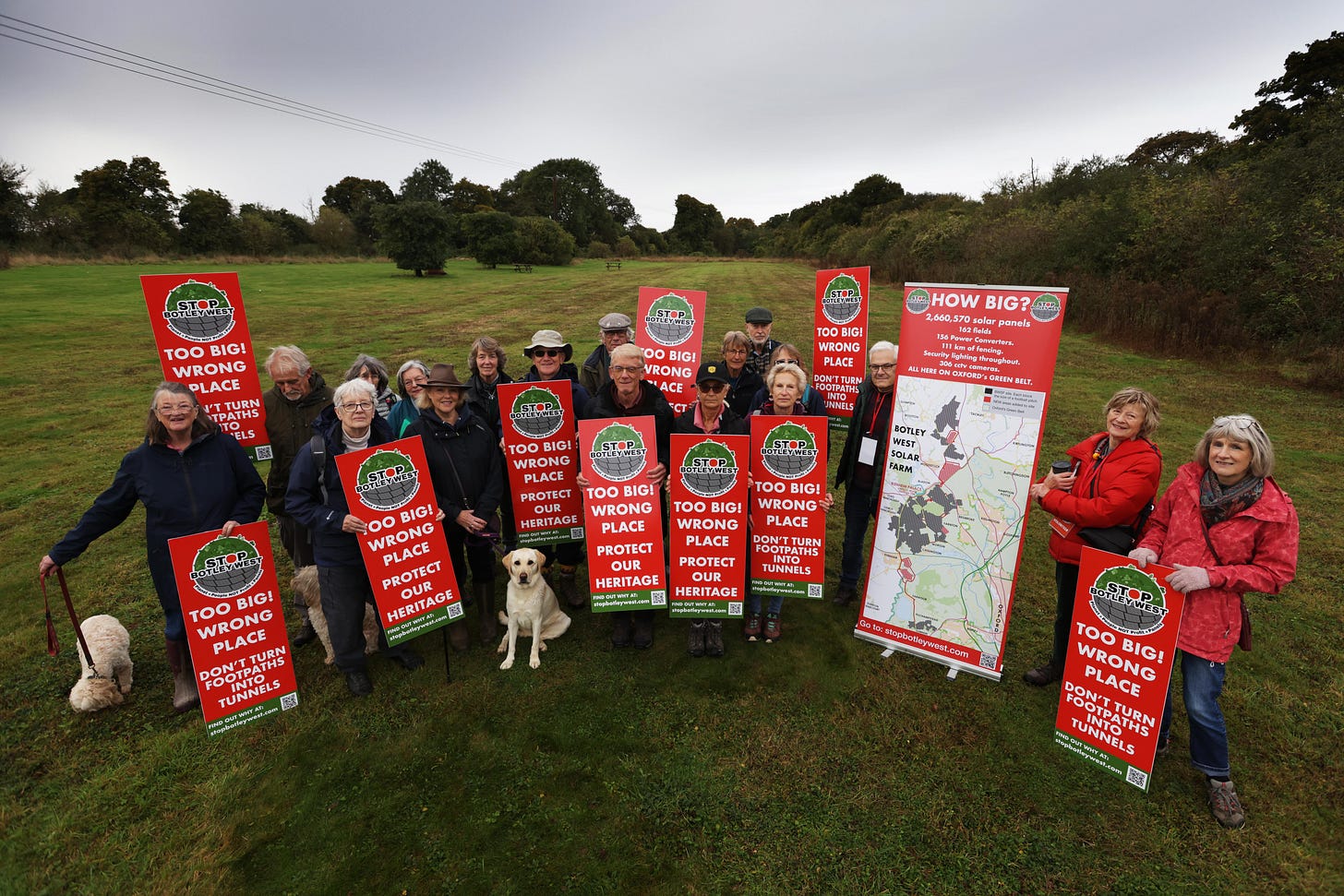‘We’re not anti-solar, it's just a bad proposition’: The group opposing the potential largest solar panel farm in the UK
Debate grows over the proposed solar panel farm in Oxfordshire, as campaigners and local students chime in.
The UK’s largest solar panel farm could be coming to Oxfordshire, after plans were submitted to the government. The proposition would see 2.5 million solar panels covering almost 2,500 acres of land across the north of Woodstock, west of Kidlington and west of Botley.
Locals from different parts of Oxfordshire have collected in an attempt to reverse the plans, as they claim it will create ‘devastating’ effects to the countryside that cannot be reversed. A campaign group called Stop Botley West (SBW) has formed to try and stop these plans going forward.
Not everyone is completely against the solar farm though, as students from Oxford Brookes University shared their thoughts on the farm’s importance for the UK renewable energy goals.
Who is Stop Botley West?
The SBW campaign is a collective group of locals who have come together to try and cancel the plans for the solar farm. They have gained some fame over the past few months, as their protests have led them down to Westminster in London.
For people looking at the group from the outside, it might seem like they are anti-solar, but this is not the case.
“We’re ordinary members of the public. Not political people and not anti-solar. Everybody understands that we're in a climate crisis.” Steven Jenkins, main spokesperson for SBW.
The proposed plan would see some of the group’s members impacted directly, as the solar panel farm would take up green fields behind their homes. Steve said: “A significant proportion of the Botley West area sits on Oxford's green belt. We hope that is something that will make them think very hard about the decision on this.”
Some of the group’s main concerns include: Loss of farmland, destruction of Oxfordshire’s countryside and even a potential threat of ‘glare and glint’ for airplanes flying out of the nearby airfield.
Lesser of two evils
One of the biggest concerns revolving around the project is the potential loss of good farmland in Oxfordshire and in the UK in general too. But then again, the project would provide 840MW (Mega Watts) of electricity, which could potentially power 330,000 homes, according to Photo Vault Development Partners (PVDP), the company who would carry out the project.
A report released by the Trade and Agriculture Commission in 2021, stated: ‘Rural and urban economies depend on farming: bluntly, if we lose farms and farmers, we risk untold damage to local communities and to the stewardship of the land across every nation of the UK’. According to the report, the amount of arable land in the UK now stands at 14.8 million acres, which is the lowest it's been since WW2.
Further highlighting the need for farmland, the report showed that land is being taken out of cultivation at a rate of almost 100,000 acres per year. Steve said: “The UK only has so much farmland and farmland that we take out of food production is lost either forever or for the duration of the project.”
Looking at the positives of the plan, the large amount of renewable energy would be a significant help for the UK to reach its renewable energy targets. In November, the Labour government announced that it wants to cut emissions by 81% by 2035.
Ella May, 18, student at Oxford Brookes University said: “We need the solar panels for sustainability, it’s so important”. Her view was reciprocated by fellow student Hugh Illingston, 20, who said: “It's so important to diversify where we are getting our energy from and solar is the way to do it.”
Alternative approaches & looking ahead
One of SBW’s main points is that alternative sources need to be utilised. Steven said: “There are other ways of being sustainable and generating electricity in a more sustainable way that, in simple layman's terms, doesn't throw the baby out with the bathwater.”
A report by CPRE Shropshire, a independent charity organisation focusing on the environment, found that a 140 acre solar park is said to be capable of supplying electricity to about 9,000 homes whilst one wind turbine in the North Sea has the capacity to power 16,000 homes.
The same report said that in one day last year, 78% of the UK’s electricity came from off-shore wind. Steve said: “You have to examine all the alternatives and ensure that you're doing the least damage you can to achieve your aims. We are not satisfied at all that the developer has examined any alternatives.”
He added: “The government, I think you're heading in the right direction. The targets, I think, are applaudable [...] but we believe that this scheme, by scale and location, is a bad proposition”. Brookes student Ethan Kilworth, 25, agreed that the location of the plan is not the right choice, as he said: “Nobody wants to look at these farms, so it needs to be done in moderation.”
Another approach that was brought up by both the students and the campaign group was placing the solar panels on roofs or deserts instead of green fields. Steve said: “Solar farms should be in deserts. Let's not beat around the bush, they should not be in highly populated areas that attract millions of tourists every year”. Hugh said: “I’m definitely in favour of solar panels but I think they would work better on roofs.”
If approved, PVDP hopes construction of the solar farm will begin in early 2026. Commenting on the stage of SBW’s plans, Steven said: “Now we're comfortable with where the inquiry is, and we look forward to engaging with the planning inspector going forward. We will do our very best to make a case for it to be turned down.”





